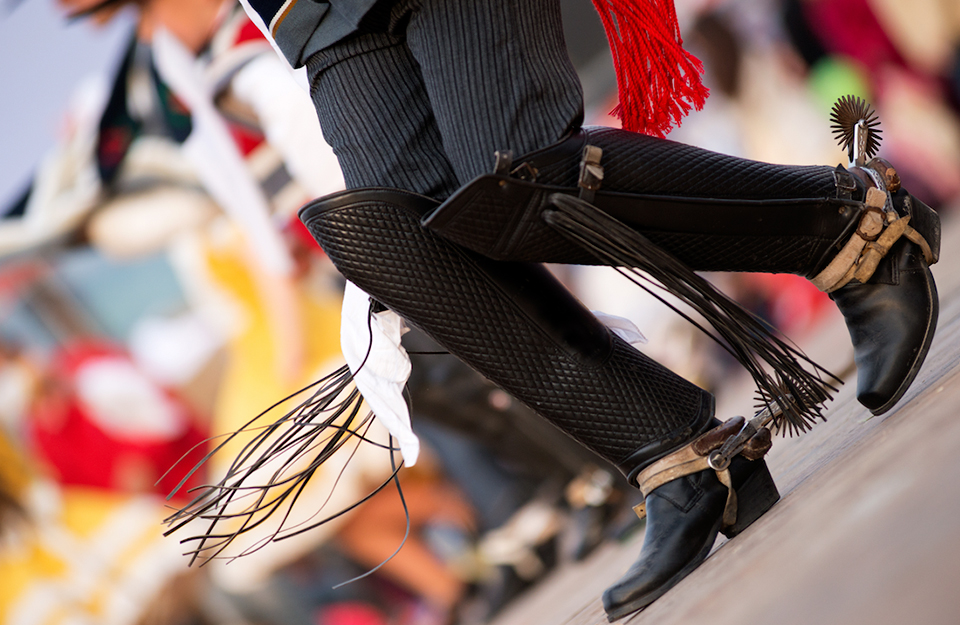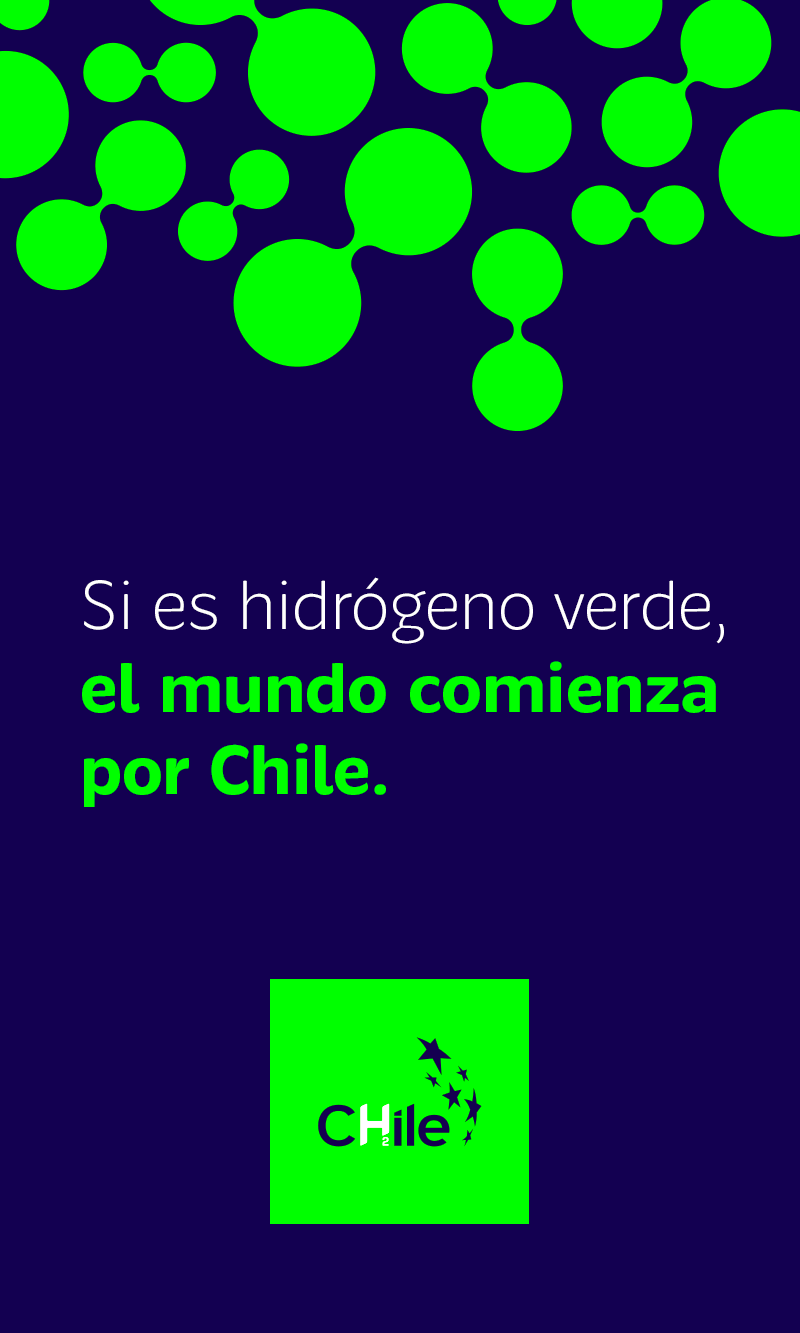
For example, the cueca nortina, or the northern version of the dance, has no lyrics and is performed in a waltzing, bouncing way. The music is played on local instruments like the quena (Andean flute), bombo (drum), zampoña (pan pipes) and charango (stringed instrument), and the dancers’ costumes are influenced by the traditional dress of the Aymara people.
The cueca criolla is based on rural life but is composed in towns and cities. It is performed using instruments like the guitar, harp, tormento (a percussion idiophone) and accordion and is sung as a duet. The cueca brava or cueca chora is an urban variant that is danced in Santiago and Valparaíso. It is unique because it addresses urban and social issues as well as romantic ones, and blends instruments from diverse musical styles such as piano, electric base and even coffee saucers.
The most traditional version is the rural cueca or cueca campesina. It tends to be anonymous and sung by one or two women as a duet accompanied by a guitar or by payadores (troubadours) with a Chilean guitarrón (bass guitar). There is also a cueca cómica, a comedic variant in which dancers ridicule or imitate some audience members, and a cueca robada in which one male dancer “steals away” another’s partner.
Chiloé’s main island has its own version, cueca chilota, and it is danced at celebrations or community gatherings such as mingas (an indigenous tradition involving communal work) or boat launches.
Despite this enormous diversity, the structure of the dance is always the same: it is a fragment that has 52 beats that comprise what is called a pie, which the couples generally dance in three parts. It is a true passion that gains new fans every day and that continues to be danced in Chile and beyond its borders even during the pandemic.
Julie Cabrera, director of the Bafochi (Ballet Folclórico de Chile) Academy and master of dance in the professional cast, confirms this. She has taught cueca to adults and children for over a decade. “Even though we cannot hold in-person classes, we have had a great experience with online platforms. Bafochi offers cueca classes every year. They are open to anyone who wants to learn the dance or get better at it. The pandemic has forced us to hold them remotely, and although you do lose the richness of learning live and in person, we were able to include students from abroad. We finished the program last week and people were asking for more. For example, we had students from Australia and Canada,” she explains enthusiastically.
Julie adds that Bafochi Academy’s slogan is “Learn to dance cueca in three classes.” The idea is to discourage people from thinking that it is too big a challenge to take on. She says that for students who have already learned the basic skills and are interested in continuing to develop as dancers, “Bafochi had a second course focused on more advanced techniques, like the various ways dancers slide or tap their feet.”
Julie is excited about the resurgence in popularity that the cueca has experienced over the past few years. “The cueca urbana or cueca chora had a lot to do with that. It is danced following the same frequency and structure, but the steps don’t have to be performed as precisely. It is more about the attitude. It is a more daring version of the cueca, and that has made people fall in love with it.”
This is undoubtedly one more example of the versatility of our national dance, which manages to resonate with Chileans everywhere, in every corner of our country and beyond its borders.





